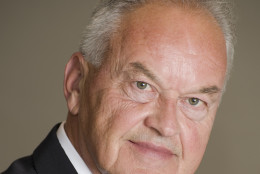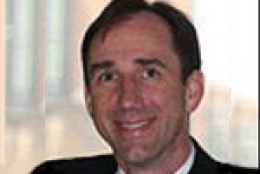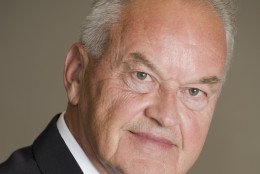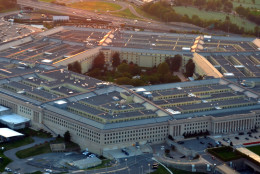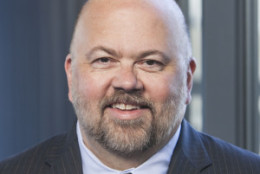Hiring/Retention
-
Senior Correspondent Mike Causey wants to know what contingency plans feds have in case you-know-who wins.
July 22, 2016 -
Jonathan McDonald, executive vice president of TransUnion, says agencies need to look to multiple sources to understand potential risks posed by employees.
July 21, 2016 -
The Office of Management and Budget said it's taking stock of its accomplishments over the past eight years, as well as the items it has left on its cybersecurity to-do list, before the upcoming presidential transition. Implementing pieces of the new cyber workforce strategy is a top priority for the Obama administration during its last six months.
July 20, 2016 -
The Air Force's top enlisted officer is appealing to the Senate to reconsider its provision changing the Basic Allowance for Housing.
July 20, 2016 -
Tim McManus, vice president of education and outreach at the Partnership for Public Service, tells Federal Drive with Tom Temin what the Interior Department's recent trip to Sacramento revealed about hiring.
July 20, 2016 -
The Defense Department has begun initial steps to create a new civilian cyber workforce outside the strictures of the traditional civil service system.
July 15, 2016 -
Is there an age gap in your office? Do older employees get along with millennials? Senior Correspondent Mike Causey says welcome to the brave new world of Pokémon Go.
July 13, 2016 -
The Merit Systems Protection Board released a report on nepotism in the federal government. The report includes examples of nepotism, as well as advice for agencies, employers, applicants and even the incoming administration, on how to avoid this prohibited personnel practice (PPP).
July 12, 2016 Federal News Radio reporters Nicole Ogrysko and Meredith Somers join host Mike Causey to discuss a recent FNR report of the impact of millennials on the federal workplace. July 13, 2016
July 12, 2016-
The American Postal Workers Union concluded a two year contract negotiation, securing pay raises, Cost of Living Adjustments, job security commitments and more for its members.
July 12, 2016 -
The Office of Management and Budget outlined a series of steps agencies should take to increase the number of people they recruit, train and prepare to protect federal networks.
July 12, 2016 -
Former DoD officials told the House Armed Services Committee that most of the Senate's reforms to the Pentagon are a good idea.
July 07, 2016 -
The United States is hiring contractors to maintain aircraft in Afghanistan to keep the number of deployed troops lower.
July 06, 2016 -
Category rating is not the solution to all problems some early proponents made it out to be. It is also not the root of all evil as some opponents argue.
July 06, 2016 -
The Homeland Security Department says a new cyber hiring authority is giving it an opportunity to create federal workforce of the future. Angela Bailey, DHS chief human capital officer, said she envisions a future where employees can more easily move back and forth between government and the private sector.
July 05, 2016

